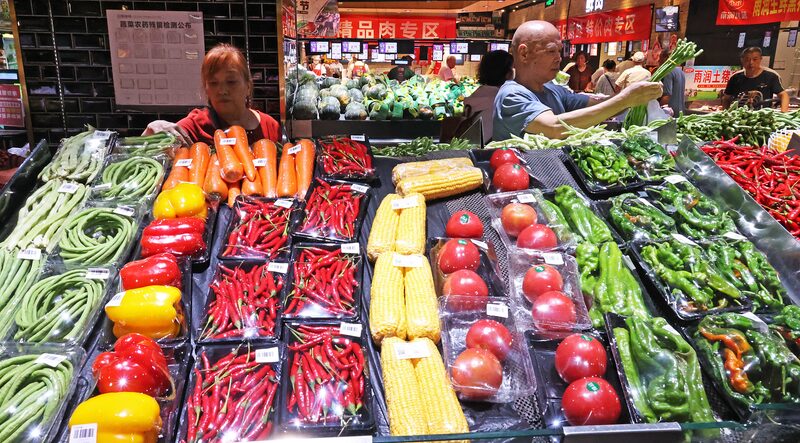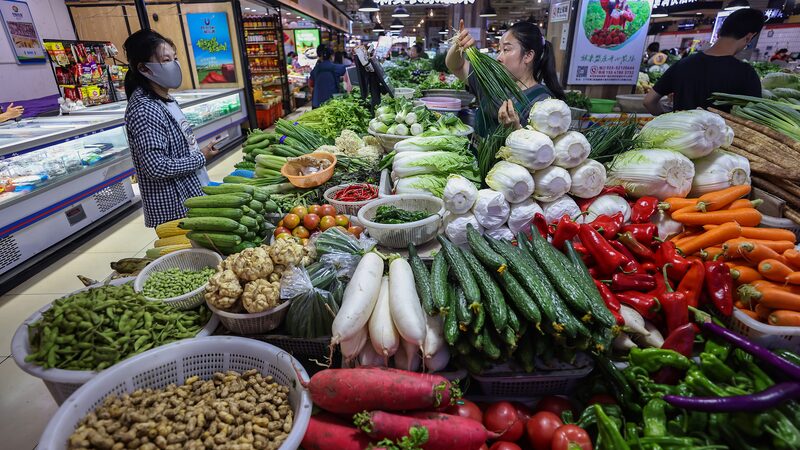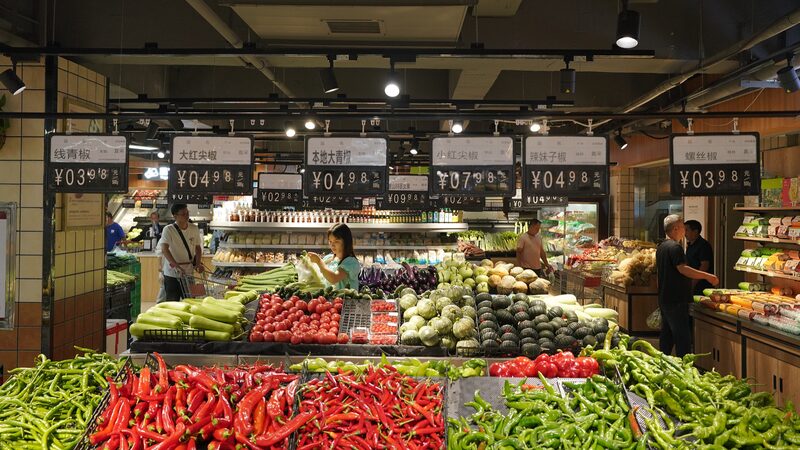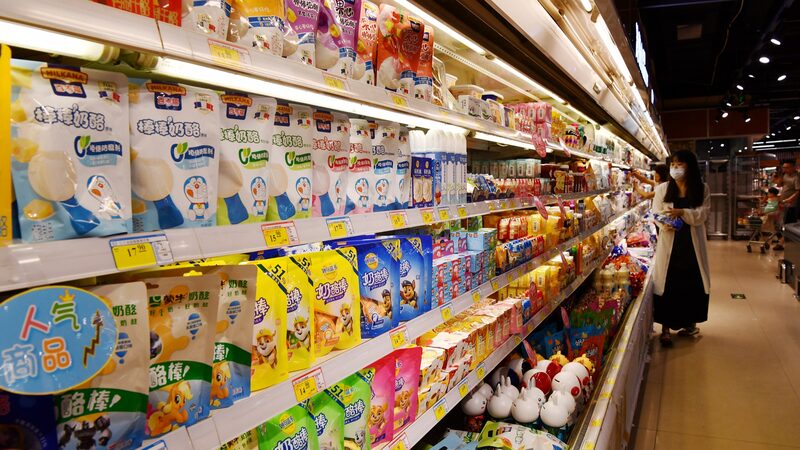China’s consumer price index (CPI), a key indicator of inflation, increased by 0.7% year-on-year in February, reversing a 0.8% decline observed in January, according to data released by the National Bureau of Statistics (NBS) on Saturday.
On a monthly basis, the CPI saw a rise of 1% in February. The core CPI, which excludes volatile food and energy prices, surged by 1.2% year-on-year. This marks the highest annual increase since February 2022 and represents an expansion of 0.8 percentage points from the previous month, as reported by the NBS.
Zhang Yu, chief macro analyst at Huachuang Securities, had earlier anticipated the uptick in February’s CPI. Zhang attributed the increase to robust consumption during the Spring Festival and upward pressure from rising international oil prices on domestic fuel costs, according to a report by China News Service.
Conversely, the industrial sector experienced its customary seasonal slowdown in February, further impacted by the Spring Festival holiday. The NBS noted a 0.2% month-on-month dip in the country’s producer price index (PPI), mirroring the decline seen in the previous month. On an annual basis, the PPI decreased by 2.7%, indicating a slight widening in the rate of decline.
The contrasting movements of the CPI and PPI suggest a nuanced economic landscape. While consumer demand appears to be picking up, driven by festive spending and energy costs, the industrial sector is facing headwinds due to seasonal factors and reduced production activities.
Analysts are closely monitoring these indicators to gauge the health of China’s economy. The rebound in consumer inflation may signal strengthening domestic consumption, which is crucial for sustainable economic growth. However, the continued decline in producer prices could point to challenges in the manufacturing sector and potential deflationary pressures.
These developments are significant for global investors and market observers, as shifts in China’s economic indicators can have widespread implications for international markets and trade dynamics.
Reference(s):
cgtn.com








